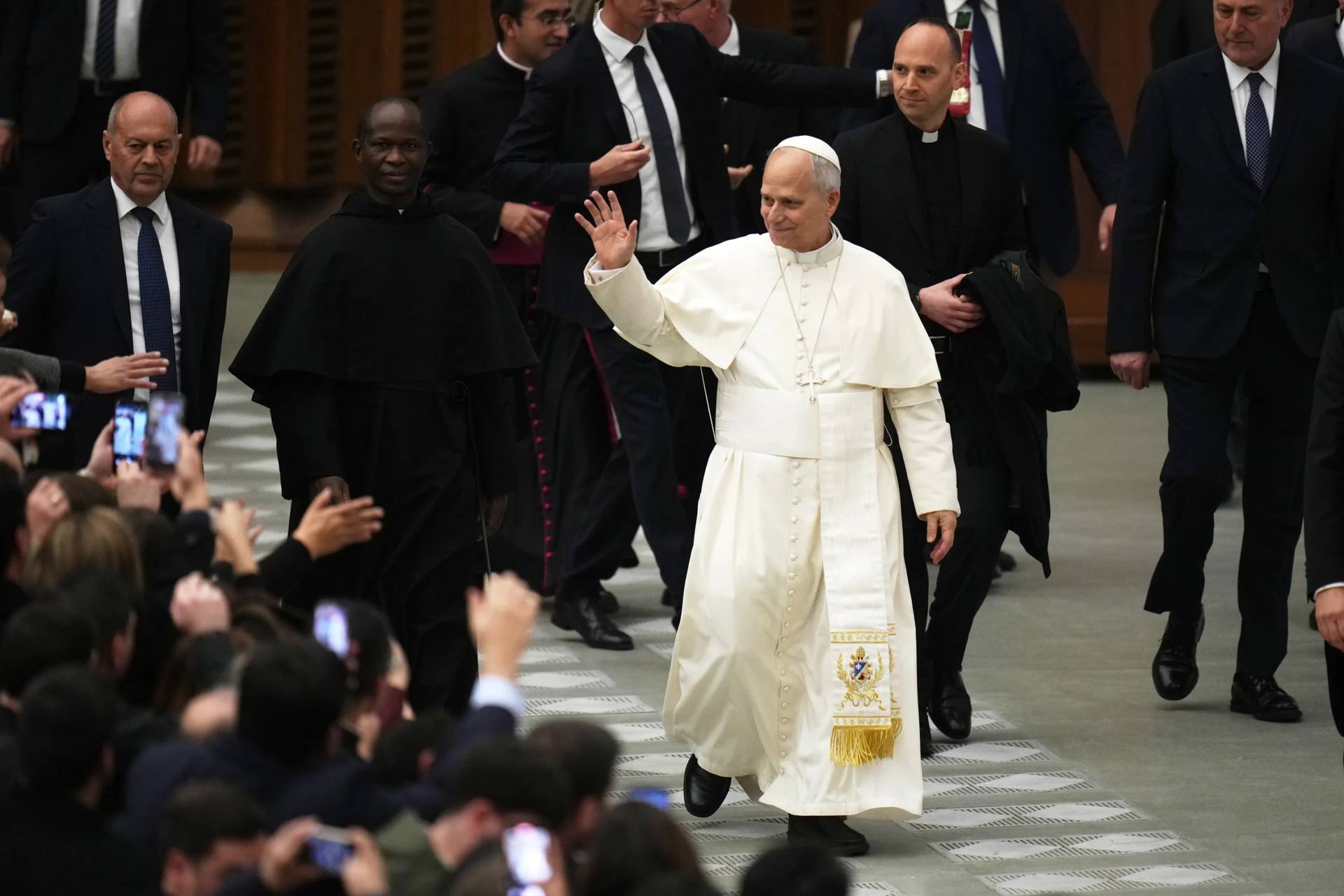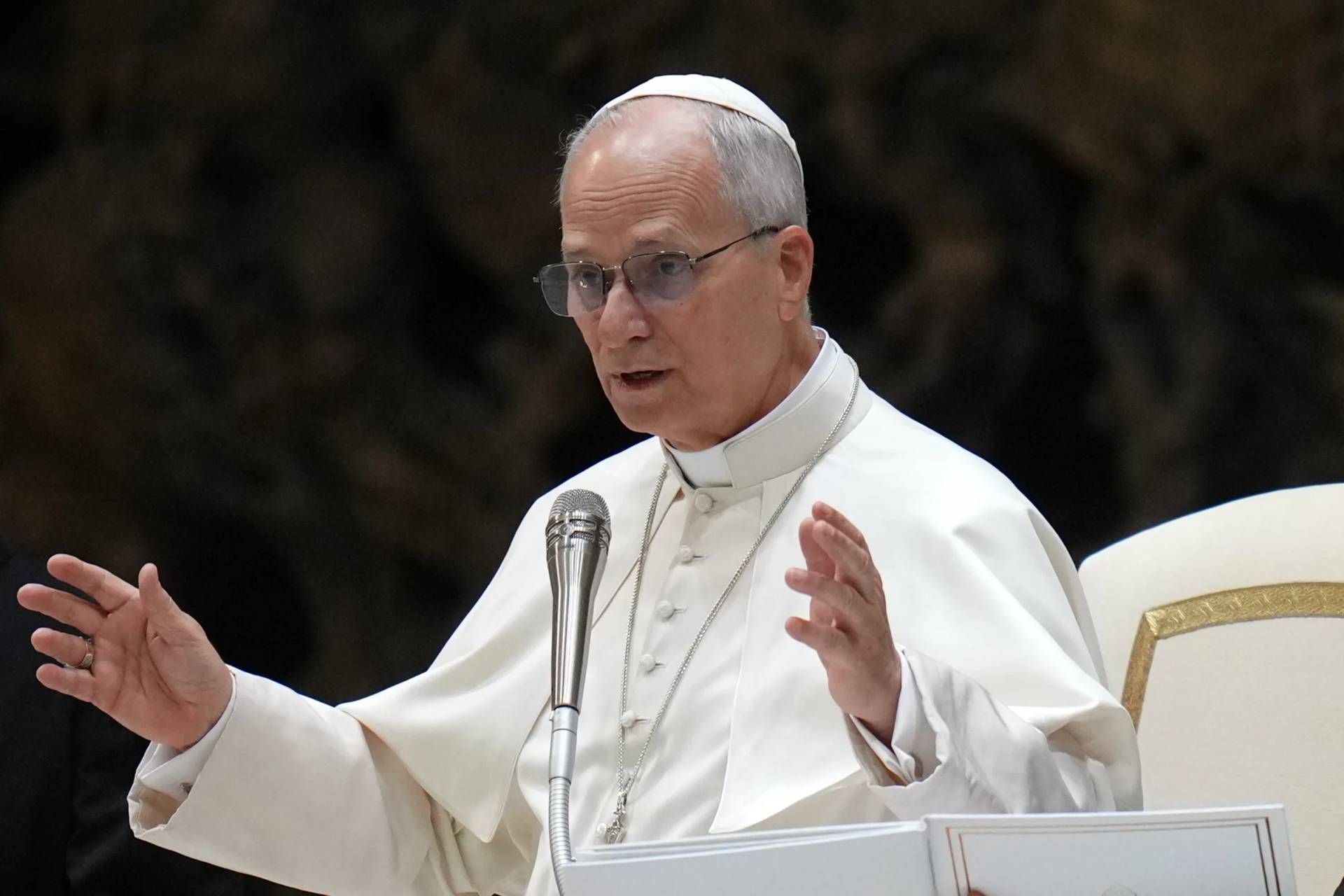ROME – One feature of the coronavirus phenomenon – not the disease, but the social and cultural dynamics surrounding it – is that it’s upended normal routines, generating unexpected and, occasionally, surreal new experiences.
Herewith three such vignettes from the global epicenter of the crisis in Italy.
Flashmob becomes community
By now, viral images have made the rounds showing Italians popping out onto their balconies to sing, play musical instruments, and otherwise break through the isolation of the national lockdown.
Our neighborhood in the center of Rome is no exception. Each day at 6:00 p.m., people on both sides of the street which our terrace overlooks come onto their balconies, often dancing to music provided over a terrific sound system by a neighbor across the street who’s a real estate agent. (He actually represented the owner of the apartment we’re presently renting when we negotiated our contract.)
As time has gone on, the mood during these gatherings has become more somber as the death toll has mounted. Early on, we were gyrating to “YMCA” and catchy Italian tunes; today, with more than 5,500 people dead in this country, such frivolity seems a bit out of place. Still, we keep coming together.
One of the things those viral images don’t capture is what happens when the music stops.
Our experience is that people aren’t eager to go back inside. Instead, they stay out on the balconies for a while, chatting at a distance – often talking in loud tones and straining to hear, but eager to make human contact. In our case, the informal leader of our flashmob has also created a WhatsApp group so we can all stay in touch during the day, and has taken it upon himself to serve up a daily press digest.
Here’s how he put the impact of all this to me the other day: “I believe the path ahead is long and we’ll be shut up in our houses for many more days. [The daily flashmob] has been fun, and, above all, people have gotten to know each other who before only knew enough to say, ‘Good Morning’ and ‘Good Evening.’”
In other words, people who were essentially strangers are now on a first-name basis. My wife and I have even volunteered to host an American-style BBQ for our group when all this is over. Ironic that it’s taken a pandemic to generate such budding friendships, but there it is.
Demography is destiny
Italian media understandably are full of reflections on the coronavirus, and one of the more interesting such items ran Monday in the Roman paper Il Messaggero under the headline, “Recovery begins with demography.”
Written by Alessandro Rosina, professor of demography and social statistics at the Catholic University of Milan, the piece begins with the observation that Italy has been hit especially hard by the virus in part because of its age profile. It’s currently number two in the world for the highest percentage of its population that’s elderly after Japan, at almost 30 percent. That helps explain why it’s had such a high mortality rate as the virus has expanded, since it’s especially lethal for older persons.
Rosnia argued that any recovery strategy for Italy once the crisis has ebbed needs to involve correcting this demographic “disequilibrium.” He noted that between the Black Death of the 14th century and great outbreak of plague in the 17th, Italy nevertheless produced the birth of humanism and the renaissance, in part because the Black Death was followed by a spike in marriages and births.
Italy currently has the highest youth NEET rate in Europe (“neither in education, employment or training”), the longest average period in which young people continue to live with their parents, and the highest average age at which young people have their first child. Any recovery strategy, Rosina argued, needs to focus on providing youth with confidence in the future so they’ll have children, giving the country a new demographic lease on life.
None of this, of course, has anything directly to do with traditional Catholic teaching about marriage, procreation and family life, but it’ll be interesting to see if demography and fears of another pandemic can do what preaching and exhortation so far has failed to accomplish in terms of reversing these Italian trends.
Lockdown reading
Trying to keep up with various ecclesiastical reactions to the coronavirus, I recently read the “Letter to Clergy in a Time of Emergency” written by Bishop Marcello Semeraro of Albano here in Italy and secretary to Pope Francis’s Council of Cardinal Advisors.
It’s a remarkable 17-page meditation, focusing on the theological and spiritual underpinnings of three new realities created by the national lockdown and consequent suspension of public Masses: Mass without the faithful, spiritual communion and Eucharistic fasting.
Among other things, Semeraro quoted a lengthy passage from then-Cardinal Joseph Ratzinger, who once reflected on people who, for one reason or another, are deprived of the Eucharist.
“When Augustine sensed his death approaching, he ‘excommunicated” himself and undertook public penance,” Ratzinger wrote in the book Behold the Pierced One. “The more I think about it, the more it moves me to reflection. Do we not often take the reception of the Eucharist too lightly? Might not this kind of spiritual fasting be of service, or even necessary, to deepen and renew our relationship to the Body of Christ?”
The citation got me thinking about good spiritual reading for a time of lockdown and quarantine. Surveying a few priest friends, here’s a sampling of what they suggested:
- Abandonment to Divine Providence by Jean-Pierre De Caussade
- The Road of Hope: A Gospel from Prison, by Cardinal Francis Xavier Nguyen Van Thuan
- The Practice of the Presence of God by Brother Lawrence
- The Writings of St. Maximilan Kolbe
- The Betrothed by Alessandro Manzoni (which captures the good and bad of priestly behavior in a time of plague)
- Sign of Contradiction by St. John Paul II. It’s the Lenten retreat then-Cardinal Karol Wojtyla preached for St. Paul VI in 1976, and, as my priest friend noted, the Italian words for quarantine (quarantena) and Lent (quaresima) have the same etymological root. Both come from quaranta, meaning “forty,” the span both of Lent and the historical period of isolation imposed in Venice in times of plague.
Let us know what you’re reading these days.
Follow John Allen on Twitter: @JohnLAllenJr
Crux is dedicated to smart, wired and independent reporting on the Vatican and worldwide Catholic Church. That kind of reporting doesn’t come cheap, and we need your support. You can help Crux by giving a small amount monthly, or with a onetime gift. Please remember, Crux is a for-profit organization, so contributions are not tax-deductible.

















